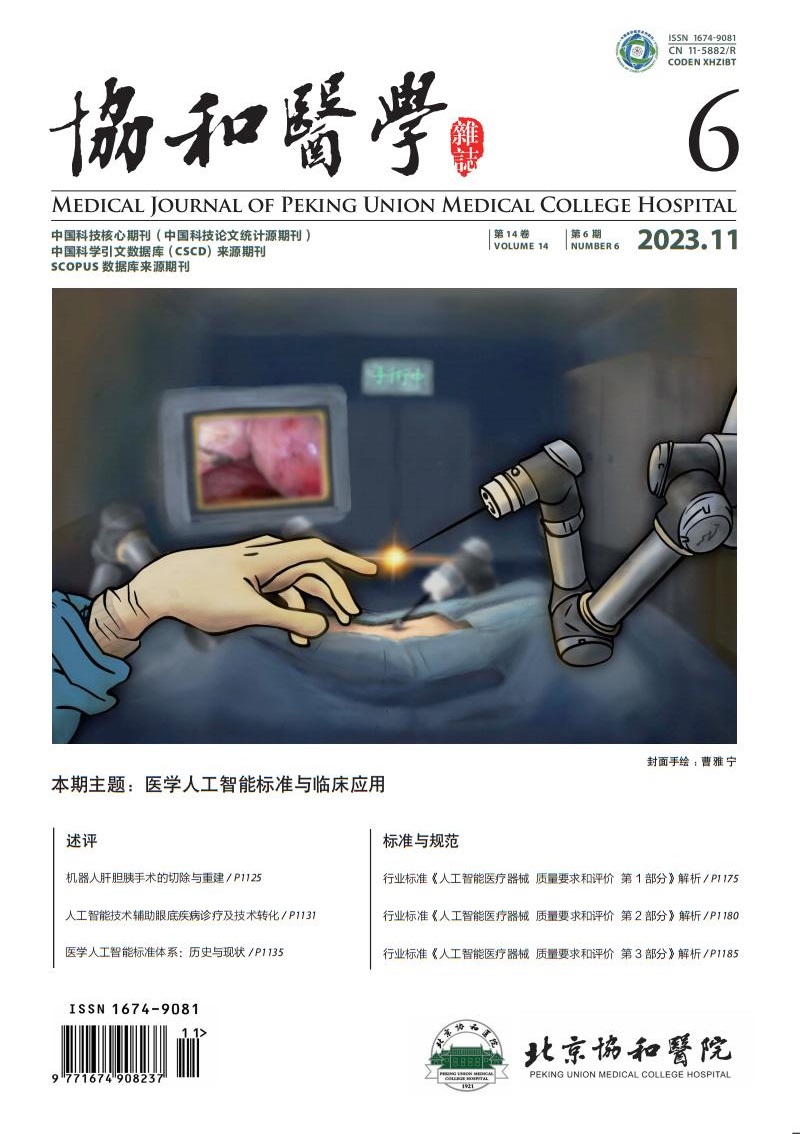Application of ultrasound-guided peripheral arterial puncture in severe patients with Coronavirus disease 2019 under three-level protection
M. Zhao, R. Y. Li, J. H. Sun, L. Su, Q. Li, Z. Li, H. M. Ma, W. Cui, H. B. Luo, X. Zhou
{"title":"Application of ultrasound-guided peripheral arterial puncture in severe patients with Coronavirus disease 2019 under three-level protection","authors":"M. Zhao, R. Y. Li, J. H. Sun, L. Su, Q. Li, Z. Li, H. M. Ma, W. Cui, H. B. Luo, X. Zhou","doi":"10.12290/xhyxzz.20200209","DOIUrl":null,"url":null,"abstract":"Objective To explore the application of ultrasound-guided arterial line placement in severe patients with COVID-19. Methods From February to April 2020, we retrospectively collected and analyzed the clinical data of critical patients with COVID-19 with an indwelling peripheral arterial catheter treated by the medical team of Peking Union Medical College Hospital. Patients with ultrasound-guided peripheral arterial catheterization were taken as the study group, while patients whose arterial catheter was placed by traditional palpation were taken as the control group. The puncture condition and complication rate were compared between the two groups. Results A total of 60 severe patients with COVID-19 who met the inclusion and exclusion criteria were enrolled in this study. There were 30 cases in the study group and 30 cases in the control group. In the study group, the success rate of the first catheterization of the peripheral artery (63.3% vs. 26.7%) and the total puncture success rate [(79.43± 25.79)% vs. (53.07±30.21)%] were higher than those in the control group (all P < 0.05), the puncture times(1.43±0.56 vs. 2.50±1.28) were less than those of the control group (P < 0.05). The rates of 24-hour disuse (6.7% vs. 30.0%), local hematoma (10.0% vs. 36.7%), occlusion, and tortuous (3.3% vs. 40.0%) in the study group were lower than those in the control group (all P < 0.05). Conclusion Under the three-level protection, ultrasound-guided arterial catheter placement for severe patients with COVID-19 can improve the success rate of catheter placement, reduce puncture times, and reduce the incidence of complications. © 2021, Peking Union Medical College Hospital. All rights reserved.","PeriodicalId":61294,"journal":{"name":"协和医学杂志","volume":"8 1","pages":"44-48"},"PeriodicalIF":0.0000,"publicationDate":"2021-01-01","publicationTypes":"Journal Article","fieldsOfStudy":null,"isOpenAccess":false,"openAccessPdf":"","citationCount":"0","resultStr":null,"platform":"Semanticscholar","paperid":null,"PeriodicalName":"协和医学杂志","FirstCategoryId":"3","ListUrlMain":"https://doi.org/10.12290/xhyxzz.20200209","RegionNum":0,"RegionCategory":null,"ArticlePicture":[],"TitleCN":null,"AbstractTextCN":null,"PMCID":null,"EPubDate":"","PubModel":"","JCR":"","JCRName":"","Score":null,"Total":0}
引用次数: 0
Abstract
Objective To explore the application of ultrasound-guided arterial line placement in severe patients with COVID-19. Methods From February to April 2020, we retrospectively collected and analyzed the clinical data of critical patients with COVID-19 with an indwelling peripheral arterial catheter treated by the medical team of Peking Union Medical College Hospital. Patients with ultrasound-guided peripheral arterial catheterization were taken as the study group, while patients whose arterial catheter was placed by traditional palpation were taken as the control group. The puncture condition and complication rate were compared between the two groups. Results A total of 60 severe patients with COVID-19 who met the inclusion and exclusion criteria were enrolled in this study. There were 30 cases in the study group and 30 cases in the control group. In the study group, the success rate of the first catheterization of the peripheral artery (63.3% vs. 26.7%) and the total puncture success rate [(79.43± 25.79)% vs. (53.07±30.21)%] were higher than those in the control group (all P < 0.05), the puncture times(1.43±0.56 vs. 2.50±1.28) were less than those of the control group (P < 0.05). The rates of 24-hour disuse (6.7% vs. 30.0%), local hematoma (10.0% vs. 36.7%), occlusion, and tortuous (3.3% vs. 40.0%) in the study group were lower than those in the control group (all P < 0.05). Conclusion Under the three-level protection, ultrasound-guided arterial catheter placement for severe patients with COVID-19 can improve the success rate of catheter placement, reduce puncture times, and reduce the incidence of complications. © 2021, Peking Union Medical College Hospital. All rights reserved.
超声引导外周动脉穿刺在冠状病毒病三级防护重症患者中的应用
目的探讨超声引导下动脉置管在重症COVID-19患者中的应用。方法回顾性收集2020年2月至4月北京协和医院医疗团队对新型冠状病毒肺炎(COVID-19)危重患者留置外周动脉导管的临床资料并进行分析。以超声引导外周动脉置管患者为研究组,以传统触诊置管患者为对照组。比较两组穿刺情况及并发症发生率。结果本研究共纳入60例符合纳入和排除标准的COVID-19重症患者。研究组30例,对照组30例。研究组外周动脉首次置管成功率(63.3% vs. 26.7%)和总穿刺成功率[(79.43±25.79)% vs.(53.07±30.21)%]均高于对照组(P < 0.05),穿刺次数(1.43±0.56 vs. 2.50±1.28)少于对照组(P < 0.05)。研究组24小时停用率(6.7% vs. 30.0%)、局部血肿率(10.0% vs. 36.7%)、闭塞率(3.3% vs. 40.0%)、弯曲率(均低于对照组(P < 0.05)。结论在三级保护下,超声引导下重症COVID-19患者动脉置管可提高置管成功率,减少穿刺次数,降低并发症发生率。©2021,北京协和医院版权所有。
本文章由计算机程序翻译,如有差异,请以英文原文为准。

 求助内容:
求助内容: 应助结果提醒方式:
应助结果提醒方式:


